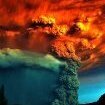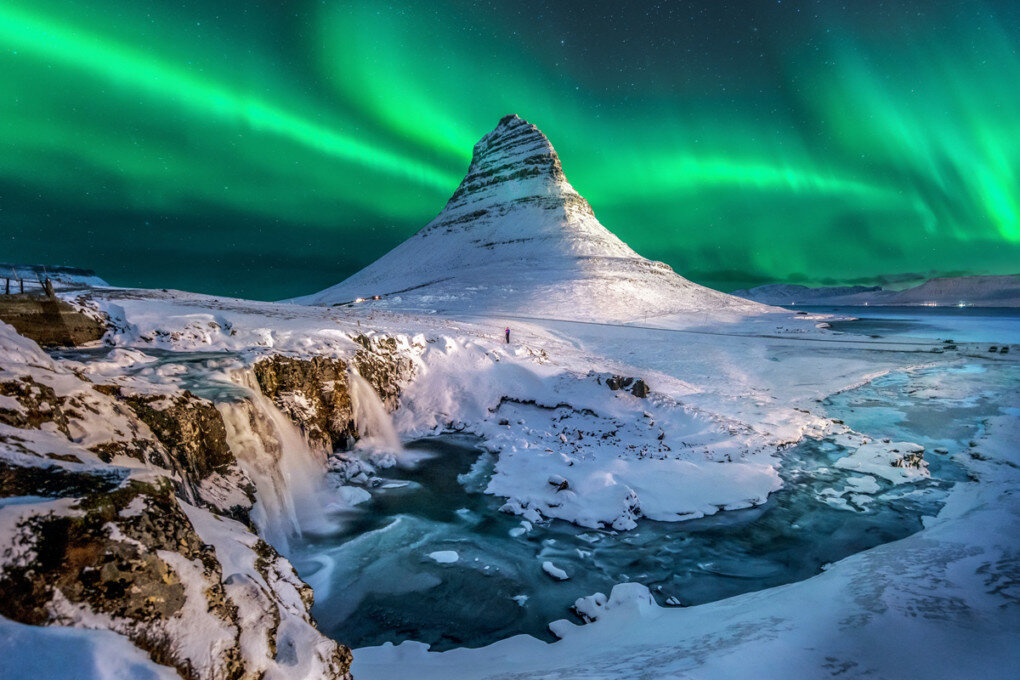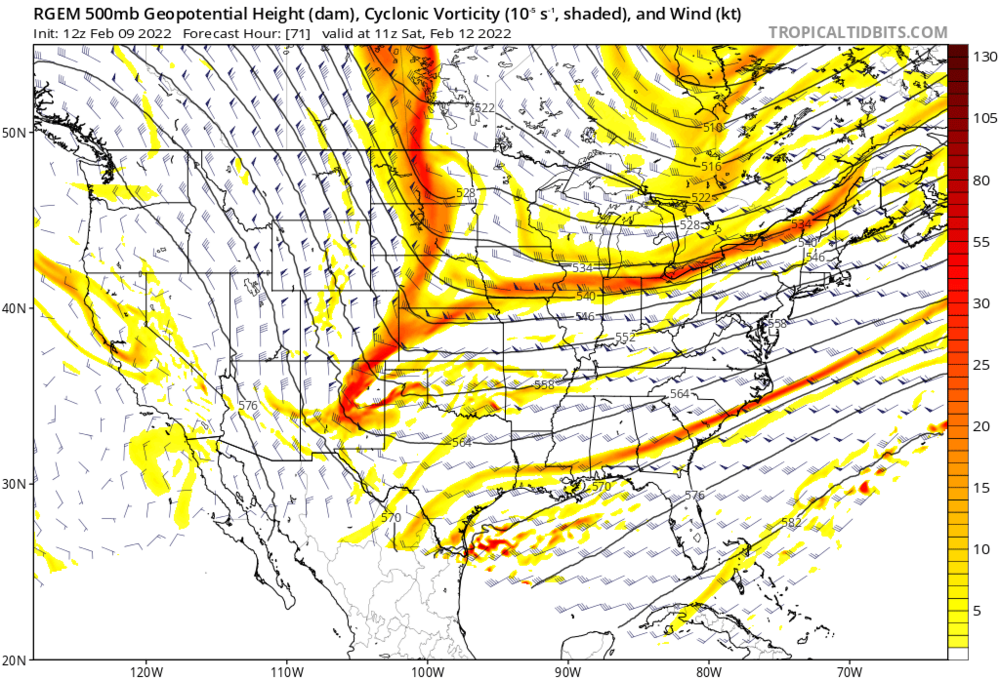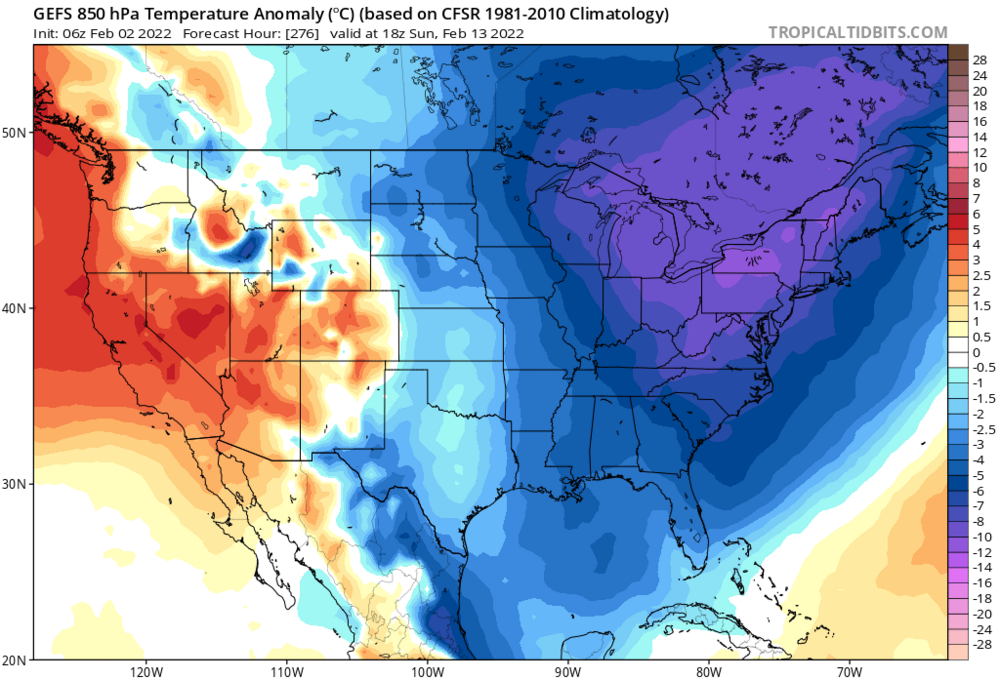-
Posts
1,513 -
Joined
-
Last visited
Content Type
Profiles
Blogs
Forums
American Weather
Media Demo
Store
Gallery
Everything posted by Volcanic Winter
-

2/13 Light/Moderate Snowfall Nowcasting & Observations
Volcanic Winter replied to Northof78's topic in New York City Metro
Yeah, would have to see some big improvements today or we’ll be lucky to get an inch or two and call it a day. With how things are looking the rest of the month; yeah, bit of a downer. -

2/13 Light/Moderate Snowfall Nowcasting & Observations
Volcanic Winter replied to Northof78's topic in New York City Metro
Don’t worry the NAM will come through and show 70 inches soon while the GFS swings the storm out to Iceland and the Euro cuts it inland. -

2/13 Light/Moderate Snowfall Nowcasting & Observations
Volcanic Winter replied to Northof78's topic in New York City Metro
And NJ shore down through Ocean County. We mirror NYC weather (with respect to nor’easters) more often than Philly, with the exception of a N/S snow/rain transition line. -
Obviously the current modeling is not exact metaphysical certitude at this point. It will continue to vary with each run this far out. The point is that there’s a nice signal on a few models with some of them shifting closer to something fun here. Let’s have some fun with this while we can.
-
-
Sure, that makes good sense. It’s probably those notable events I followed more closely that are sticking out in my memory.
-
I definitely remember storms where the models locked in a good ways out and never wavered. Obviously totals change, but just having a solid read on the dynamics and overall threat.
-
The GFS did good in picking up the 1/29 storm, like a week out - then completely lost it while the Euro found it.
-
I thought that was QPF at first . Lock it in?
-
When Doorman posts charts in a whimsical tone, I know there’s hope. Not looking like tons is needed to make this more exciting. For now cautious optimism is the name of the game. Expectations set at zero but willing to be pleasantly surprised.
-

Volcanic Winter 2022?
Volcanic Winter replied to Tallis Rockwell's topic in Weather Forecasting and Discussion
It’s still very much a monumental eruption that will move volcanology forward. It was also a one in a thousand year event for the Honga Tonga Honga Ha’apai caldera. -

Volcanic Winter 2022?
Volcanic Winter replied to Tallis Rockwell's topic in Weather Forecasting and Discussion
Tonga was much more steam laden / phreatic than either Pinatubo, Krakatoa, or Tambora; all three ejected far more tephra and sulfur. The size and intensity of the Tonga blast came largely from catastrophic depressurization of supercritical water or highly pressurized steam, flashing over into an intense point explosion. It did vaporize the majority of the island and likely will reach mid to high end VEI5 all said and done, but it’s unlikely to have a major climate cooling impact as the other three mentioned did. They were substantially larger in terms of ejected volcanic material hitting the stratosphere. With that said, a ~ -0.5C anomaly forcing in the Southern Hemisphere is still possible, but global effects are unlikely. Just wasn’t big enough in the sense of total material hitting the upper levels of the atmosphere as a huge portion of the blast was stream. No doubt the explosion was insane and the overall size of the mushroom cloud implied a much bigger eruption than what it will likely end up as. I have seen the 400,000t sulfur measurement called into question, and am personally wondering how a portion of the eruption column reaching the mesosphere at over 55km may ultimately affect things, but in general a smallish negative forcing in the Southern Hemisphere should be about the worst potential impact of this. Also should be noted the debate over the actual size of the eruption is still very much ongoing. A paper was just released characterizing the blast as a VEI6 which can have a much greater climate impact, but it depends on how much material hit the stratosphere (and beyond), some of which still seems to be the subject of debate. -
At least Snowman is backing his position up with the musings of professionals as well, however much I may not like the outcome. Certainly nothing seems set in stone and I for sure hope the MJO forcing ends up a bit more favorable so we can have a decent conclusion to winter. Let it torch in March, fine.
-
All the more reason I hope we can squeak a decent storm in mid month. At least something fun to track regardless of the actual outcome. The excitement of tracking tornado season as I’ve always done every spring prior to joining this forum is always tempered by the human toll of such events. Winter storms, though potentially damaging in their own way, are just a lot more uniquely “fun.” Still can’t believe NJ had an EF3 tornado this past year; that was absolutely nuts. Looked reminiscent of a southern multi vortex tornado.
-
For sure I’d rather this happen in March. Hurts to lose the last ten days of Feb entirely. I’ll go back to fantasizing about winters during the LIA.
-
33 and raining down here in Toms River. A little bit of freezing rain in the early morning hours. Once again the weather is commencing assault on my single surviving driveway glacier.
-
I genuinely feel that all the historical data that gets posted and discussed here is the absolute best part of this site. It’s so fascinating to look back and compare.
-
Drove to work from Toms River to just outside Newark. 59 when I left, 36 when I arrived. That’s pretty massive. Just over the Driscoll the temp began plummeting.
-
This winter should be dubbed The Weenie Wars.
-
Was a good January down south by me, too. The most single digit lows in one month I can recall in the past several years. We underperformed in the ACY southern storm and only got an inch or two, but we made up for it big time. 22-24 inches of snow off the top of my head in January. Good spot for nor’easters that don’t mix at the shore, though I’m about 15 miles inland of the immediate coast. Anything this month I’ll take as gravy.
-
In my view, things will only trend warmer with time; we should appreciate classic winter weather for our area when we can get it (not just referring to snow). People who prefer warmth will have plenty to enjoy as time moves on. (Referring to AGW - winter here may be very different in several decades)
-
Give me one, fun trackable event this month that isn’t a sleet/ice/rain storm and I’ll quit while I’m ahead. It is also my birthday month, might travel to upstate NY for some winter hiking with my wife, especially if it doesn’t appear likely I’ll be getting a snowy bday present any time soon.
-
GEFS looked real cold in that time period. Sustained, too. Won’t be too cold and dry again like we battled mid Jan? Edit: My first (I believe) Snowman weenie! Thanks <3
-
Bit colder this morning in inland TR / Manchester than expected. Woke up to 22*. No doubt the snow pack has been doing work, but that’s about to melt rapidly .






